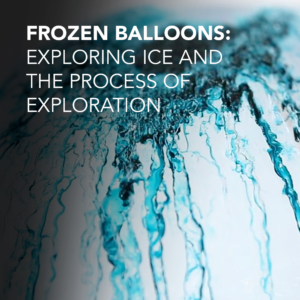Article Abstract
A large volcanic sulfate increase observed in ice core records around 1450 C.E. has been attributed in previous studies to a volcanic eruption from the submarine Kuwae caldera in Vanuatu. Both EPMA–WDS (electron microprobe analysis using a wavelength dispersive spectrometer) and SEM–EDS (scanning electron microscopy analysis using an energy dispersive spectrometer) analyses of five microscopic volcanic ash (cryptotephra) particles extracted from the ice interval associated with a rise in sulfate ca. 1458 C.E. in the South Pole ice core (SPICEcore) indicate that the tephra deposits are chemically distinct from those erupted from the Kuwae caldera. Recognizing that the sulfate peak is not associated with the Kuwae volcano, and likely not a large stratospheric tropical eruption, requires revision of the stratospheric sulfate injection mass that is used for parameterization of paleoclimate models. Future work is needed to confirm that a volcanic eruption from Mt. Reclus is one of the possible sources of the 1458 C.E. sulfate anomaly in Antarctic ice cores.
What we know: By measuring tiny particles in ice cores, called tephra, it is possible to tell which large volcanoes erupted at certain times in the past.
Why it’s important: One important eruption from about the year 1450 is thought to have occurred at the Kuwae volcano in Vanuatu, in the tropical Pacific. The 1450 CE volcanic eruption was huge – so huge that it altered the earth’s climate for years.
How the research was done: Scientists measured the chemistry of tiny tephra particles from this eruption that were preserved in an ice core from the South Pole.
What the evidence shows: The results show that there was a major volcanic eruption at 1458 CE, but that it did not come from Kuwae. This information is very important to scientists working to understand the impact of volcanoes on climate.






